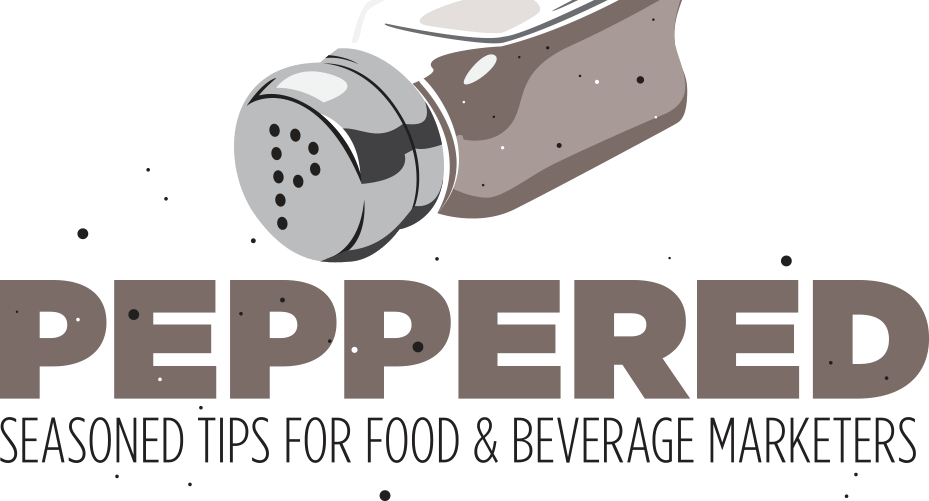What’s the sweet spot for snack sales?
In a word, Millennials.
According to the latest Mintel1 report, 15% of snackers are always hungry. But the real sweet spot is 18-34 year-olds, where one in four (25%) say they’re hungry all day, every day, seven days a week.
On the surface, that’s good intel for snack manufacturers hungry for a new target audience to grow sales. However, when you dig a little deeper, it’s actually an audience with two completely different snacking personalities.
Younger Millennials aged 18-24 are more likely than their 25-34 year old counterparts to search out snacks with ingredients offering health benefits like building muscle (protein), increasing energy (caffeine, whole grains) or elevating their mood (dark chocolate stimulates dopamine production, almonds have selenium, walnuts are packed with omega-3s).
Older Millennials? Much easier to please. 25-34 year-olds are traditionalists, pure and simple — much like older consumers, they’re all about instant gratification, eating for comfort and reducing stress. Health benefits are secondary.
So: does your snack have clearly defined, health-enhancing ingredients? Younger millennials are the audience for you. Does it lean more toward sinful indulgence? Then older millennials are the ones to woo.
Regardless of which Millennial age subgroup you plan to market to, be sure to follow these 5 steps to snack marketing success.
- Make It Easy. Be available where Millennials shop. Possession may be nine tenths of the law, but it’s 100% of snack impulse purchase success.
- Make It Portable. Convenience is paramount when it comes to the grab ‘n go crowd.
- Size It Right. Consider quantity and calories. 100 Calories has proven to be a good go-to point for healthier snacking. So for younger Millennials, portion control is your friend.
- Price It Right. Price it like a snack. Especially important when targeting young millennials, many of whom are in college and/or have less earning potential.
- Don’t give them reasons not to buy. See numbers 1-4 above. Consumers follow the path of least resistance: the less reasons you give them to consider competitor’s products, the more likely it is they’ll stick with the habit of buying yours.
1. Mintel® Snacking Motivations and Attitudes – US – May 2017






